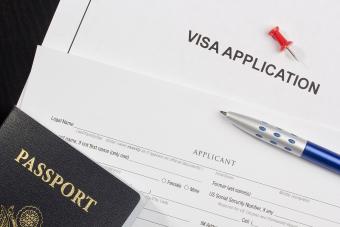Visa Policy
Recent Activity
This policy brief examines and reflects upon lessons learned from the last major attempt to resolve the problem of illegal immigration under the Immigration Reform and Control Act of 1986. Arguing that stable reform will require three “E”’s— enforcing immigration laws effectively, expanding visas, and earning legal status —it also offers recommendations for immigration policymaking and management.
This report offers a comprehensive analysis of post-September 11 reforms to the United States’ visa system, examines what these policy changes in policy and procedures entail, and discusses how well they advance the stated goals of the U.S. visa program.
This report evaluates the United States Visitor and immigrant Status Indicator Technology (US-VISIT) program within the broader contexts of national and homeland security as well as immigration law enforcement and policymaking. In doing so, the author provides constructive criticism along with a framework for rethinking US-VISIT’s goal priorities, investment needs, and deadline expectations.
This report examines the scope and extent of the United States immigration system’s chronic backlog problem by offering insight into factors that contribute to protracted processing delays for naturalization and permanent residency applications before highlighting the steps the government has taken to address the issue.
This fact sheet is an overview of U.S. immigration based on Fiscal Year 2003 data from the 2003 Yearbook of Immigration Statistics, which was released in mid-September 2004 by the Department of Homeland Security’s Office of Immigration Statistics.
Canada and Mexico’s importance to the United States is more than simply a border-state phenomenon. The trading relationship between United States and Canada represents the largest bilateral flow of income, goods, and services in the world. Meanwhile, Mexico is the United States’ second largest trading partner.
In the aftermath of the September 11 attacks, changes to visa policies, new security procedures, and measures to combat fraud contributed to a shift in the traditional composition of immigration flows. This report highlights recent data on immigrants to the U.S. and offers key analysis of what these figures mean in terms of U.S. policy.
The events that unfolded in the U.S. on September 11 generated a renewed sense of urgency over border management. Bilateral Smart Border agreements were reached between the U.S. and Canada as well as the U.S. and Mexico in December 2001 and March 2002. This report tracks the implementation of these border accords and seeks to evaluate their effectiveness.









